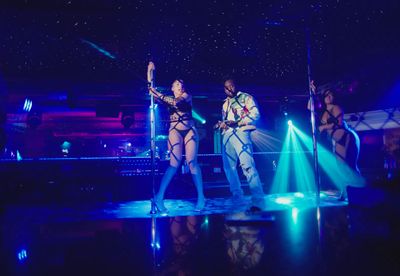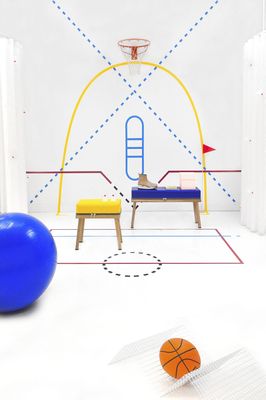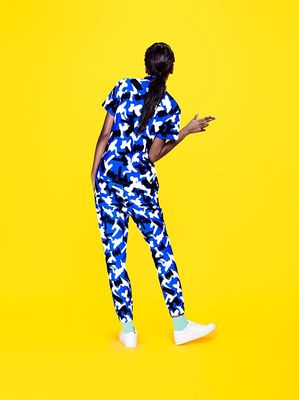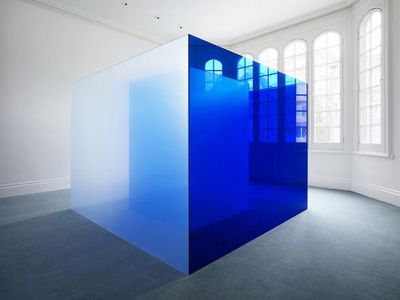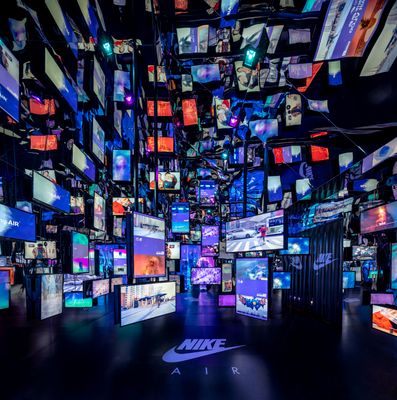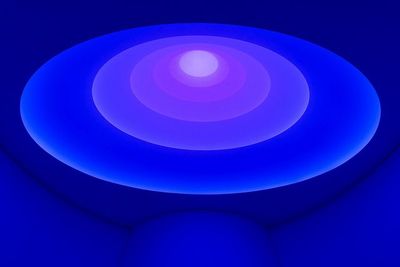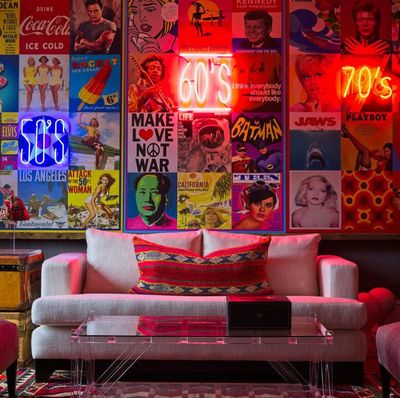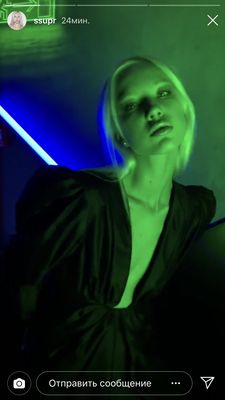Everything about the color Blue
The meaning of the color blue and color combinations to inspire your next creation.
Browse images in the color blue
What color is blue?
Blue is a primary color on the visible spectrum, often associated with the sky and the ocean. It is a calming and serene hue that evokes a sense of tranquility and peace.
What are similar colors to blue?
For variations within the same cool and calming spectrum as blue, consider:
- Teal (#008080) shares blue's coolness with a hint of green, offering a refreshing and balanced tone.
- Indigo (#4B0082) combines blue with purple, creating a deep, rich hue that adds depth and mystery.
- Periwinkle (#CCCCFF) is a soft blend of blue and violet, providing a gentle and soothing appearance.
- Azure (#007FFF) is a bright, clear blue reminiscent of a cloudless sky, offering a vibrant and uplifting feel.
What color goes with blue?
To complement blue's calming tones, consider pairing it with:
- White (#FFFFFF) enhances blue's crispness and clarity, creating a clean and classic combination.
- Yellow (#FFFF00) provides a bright, sunny contrast that energizes blue's coolness.
- Gray (#808080) offers a neutral balance that complements blue's serenity without overpowering it.
- Orange (#FFA500) adds warmth and vibrancy, creating a dynamic and lively contrast with blue.
What color conflicts with blue?
To avoid clashing with blue's serene tones, consider avoiding:
- Red (#FF0000) can create a jarring contrast that may feel too intense or overwhelming.
- Green (#008000) might clash with blue's coolness, leading to a discordant visual effect.
- Brown (#A52A2A) can dull blue's brightness, resulting in a muddy appearance.
- Black (#000000) may overpower blue's subtlety, making the combination too dark.
What does the color blue represent?
Blue often symbolizes trust, loyalty, and wisdom, making it a popular choice for corporate branding and uniforms. Psychologically, blue is known to have a calming effect, reducing stress and promoting relaxation. In art, photography, and design, blue is used to evoke feelings of tranquility and to create a sense of space and depth. In film, it often represents coldness or emotional distance, enhancing the mood of a scene.
What's the history of blue?
The name "blue" comes from the Old French word "bleu," which in turn is derived from the Proto-Germanic "blēwaz." Historically, blue pigments were rare and expensive, often made from lapis lazuli or azurite, making them a symbol of wealth and status. In the modern era, blue is widely used in fashion, design, and technology, appreciated for its versatility and universal appeal.
Color Variations
Shades
Tints
Hues
Color Palettes
Monochromatic
Complementary
Analogous
Triadic
Tetradic
Images with blue color
Color Conversions
#0000FFrgb(0, 0, 255)rgb(0%, 0%, 100%)100, 100, 0, 0hsl(240, 100%, 50%)240, 100, 100#0000FF32, 79, -10818, 7, 9532, 134, 30600000000, 00000000, 11111111Color(red: 0, green: 0, blue: 1)UIColor(red: 0, green: 0, blue: 1, alpha: 1.0)Color(0xFF0000FF)

